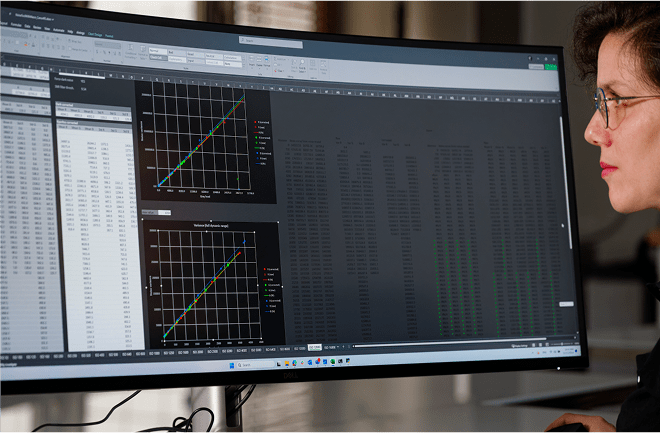Chromatic aberration causes unsightly fringing around the edge of objects caused by the limitations of a lens.
While clumsy corrections can be too heavy-handed, DxO’s meticulous corrections ensure images are refined without any unwanted consequences.
What is chromatic aberration?
The amount of chromatic aberration
Understanding
the limits of physics
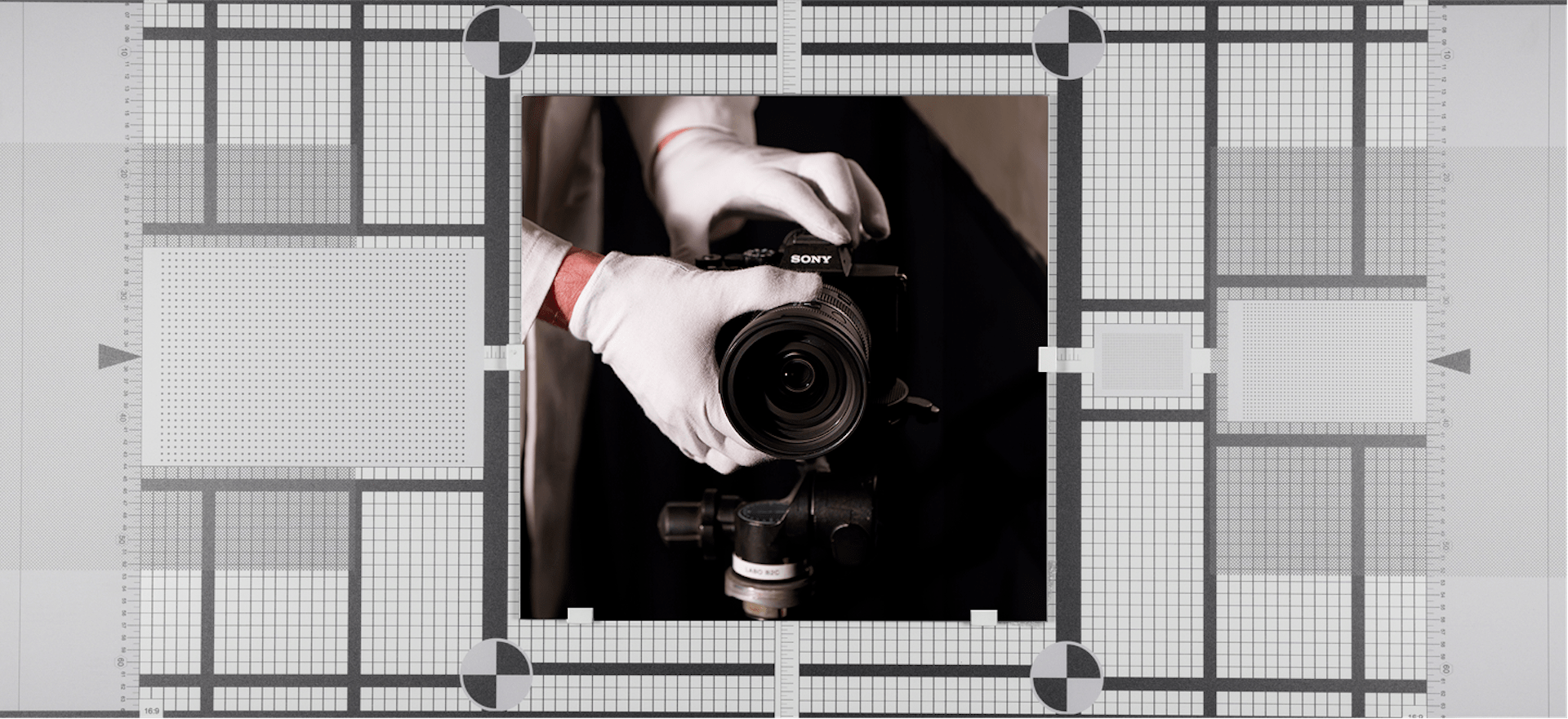
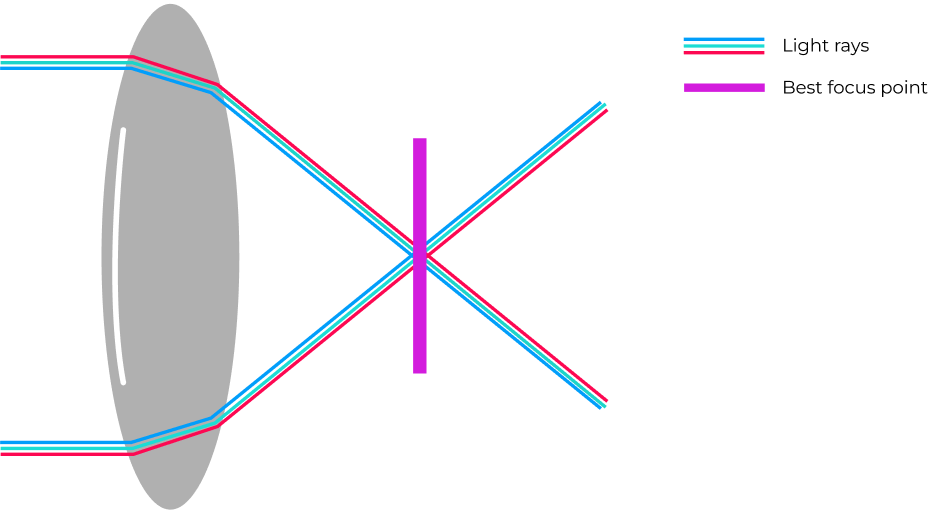
First, it’s useful to understand the intended performance of a lens.
All of the different wavelengths (i.e., colors) of light pass through the lens and are focused
In a lens, this ideal can fail in two ways, producing two different types of chromatic aberration:
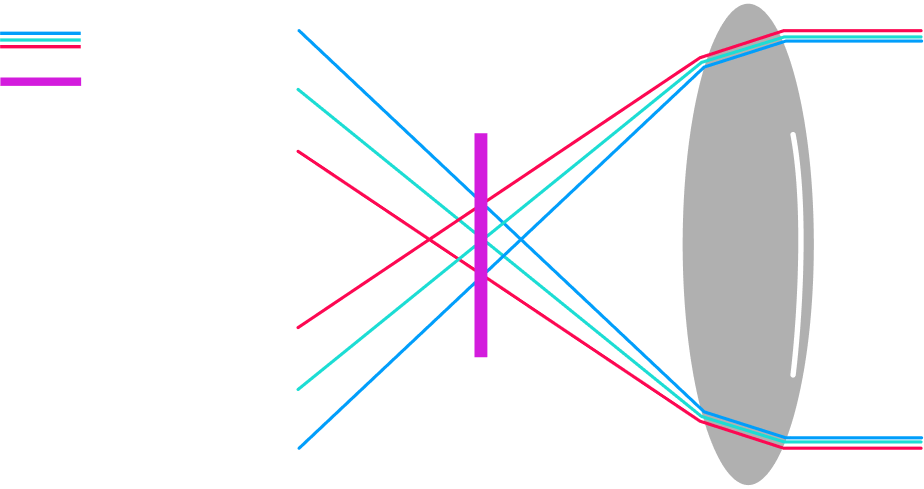
As a result,


Subjects that are out-of-focus can acquire different color fringes: subjects behind the focal plane can take on one color, while subjects in front can take on another.
Lateral chromatic aberration
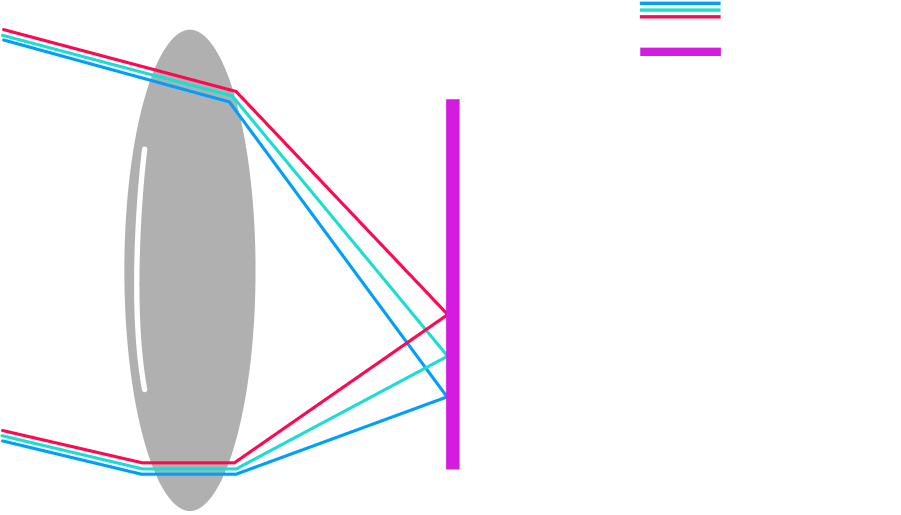
Because of the way the light falls on the sensor, this type of aberration is

How DxO assesses
chromatic aberration
And because chromatic aberration varies according to the focal length and distance,
The resulting values can be placed on a scale. Under 0.03 mm, it is not perceptible. Between 0.03 mm and 0.06 mm, it becomes visible. Values exceeding 0.07 mm are problematic.
Precise corrections
With these measurements,
As a result,
